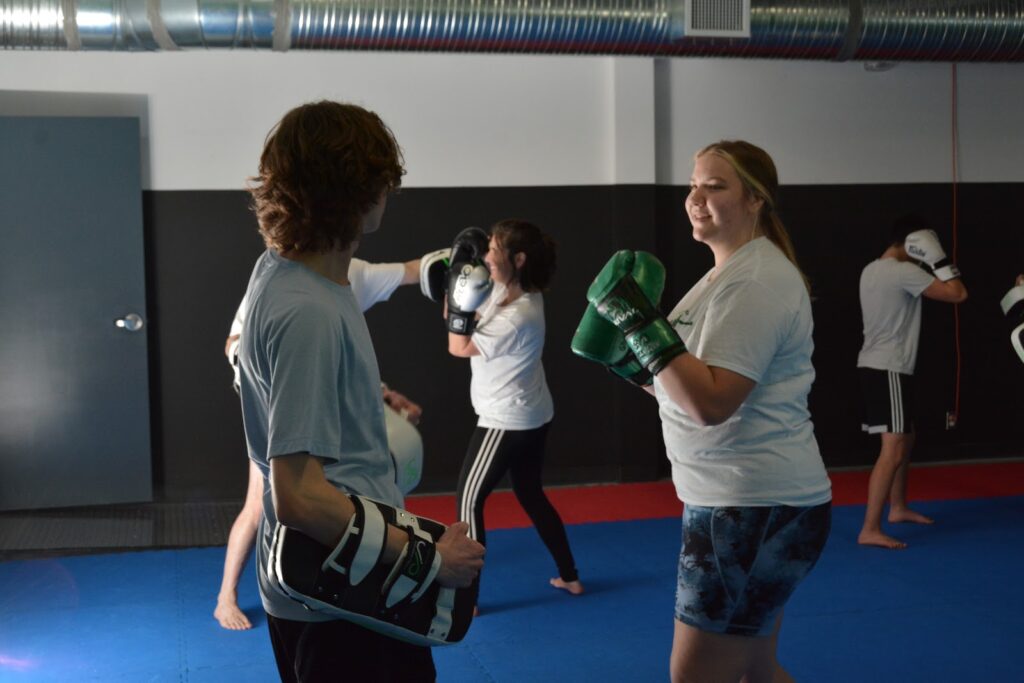Sparring is one of the most exhilarating and challenging aspects of Taekwon-do. It requires both mental and physical agility, as well as the ability to quickly adapt to an opponent’s style. Whether you’re a beginner or an experienced practitioner, mastering sparring techniques can elevate your skills and boost your confidence in competition. Here, we delve into essential Taekwon-do sparring techniques and how to improve your sparring game.
Understanding Sparring Rules:
- Sparring is usually categorized by age, weight, and belt level. It’s important to understand the rules and scoring system to strategize effectively.
Key Rules:
- Points are awarded for clean, controlled strikes to designated target areas.
- No excessive contact or strikes to prohibited areas (e.g., groin, back of the head).
- Matches typically consist of two or three rounds.
- Essential Sparring Techniques:
- Front Kick (Ap Chagi): A direct kick aimed at the opponent’s torso or head. Keep your guard up while delivering a quick snap kick.
- Roundhouse Kick (Dollyo Chagi): A circular kick targeting the opponent’s side or head. Use a pivoting motion to generate power.
- Side Kick (Yop Chagi): A linear kick that can push an opponent back or deliver a powerful blow to the body.
- Reverse Punch (Bandae Jirugi): A straight punch delivered from the rear hand, aiming at the opponent’s midsection.
- Counter-Kicking: Timing is crucial for counter-kicking, where you strike as your opponent attempts an attack.
- Strategies for Effective Sparring:
- Maintain Distance: Stay out of your opponent’s range while keeping them within striking distance.
- Read Opponents: Observe their stance, movement patterns, and preferred techniques to anticipate attacks.
- Stay Calm: Don’t panic under pressure; keep breathing steady and react thoughtfully.
- Mix Techniques: Alternate between kicks, punches, and feints to remain unpredictable.
- Training Tips:
- Shadow Sparring: Practice combinations against an imaginary opponent to build speed and fluidity.
- Pad Drills: Work with a partner holding focus pads to develop precision and timing.
- Partner Sparring: Pair up for light-contact sparring, gradually increasing intensity as you progress.
- Strength and Conditioning: Build leg and core strength for powerful kicks, and enhance endurance through cardio exercises.
- Common Mistakes to Avoid:
- Dropping Your Guard: Always keep your hands up to protect your face and upper body.
- Overcommitting: Avoid committing to a single strike that leaves you vulnerable to counterattacks.
- Ignoring Footwork: Poor footwork leads to imbalance and telegraphing your next move.
Mastering sparring techniques requires practice, strategy, and adaptability. By focusing on the essential techniques and refining your approach through consistent training, you can elevate your sparring skills and become a formidable competitor. Visit Phoenix Martial Arts to join a class or sparring workshop where you can practice under expert guidance.

